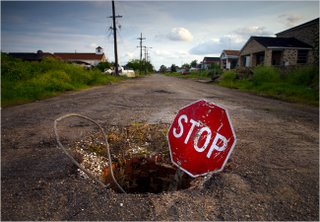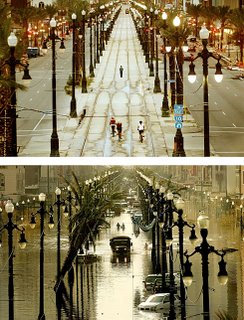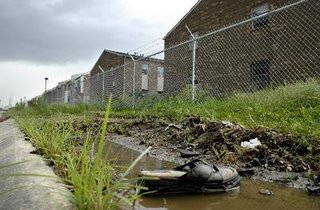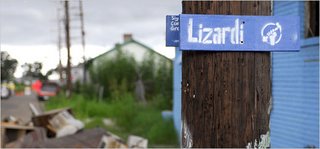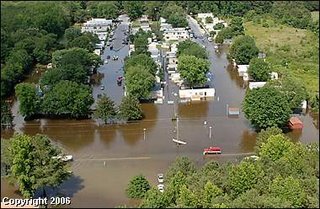Planning process puts residents on edge
When a few dozen residents gathered Saturday at the Gert Town Community Center, they sought two things: federal rebuilding money and a voice in how it will be spent.
Meeting with a professional planner hired by the City Council, the residents finalized a plan calling for street and drainage repairs, removal of abandoned houses, creation of a building-trades school, landscaping along Earhart Boulevard.
Several meetings after the start of their own planning effort, the residents are pleased to be participating. But they remain unsure of how much of their vision will make it from paper to reality.
from the Times Picayune



